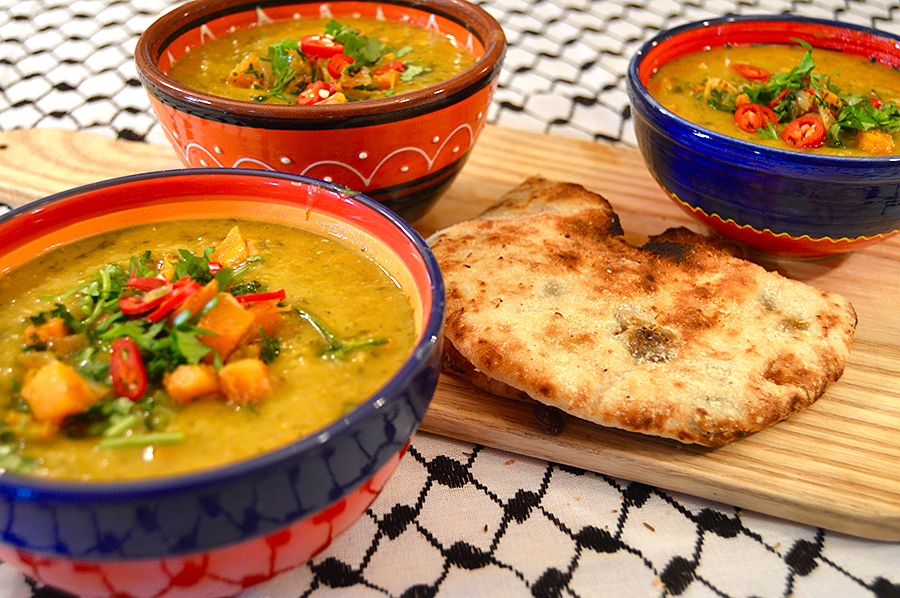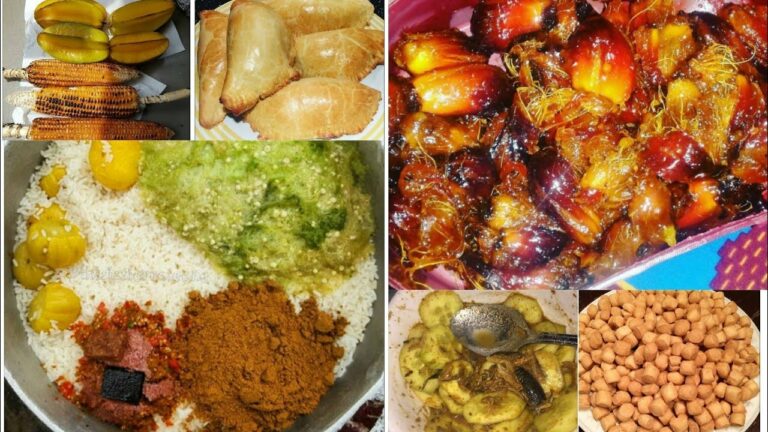Introduction: Grenadian Cuisine
Grenadian cuisine is a reflection of the island’s diverse cultural influences, including African, European, and indigenous Amerindian. The cuisine is known for its bold and intense flavors, featuring a variety of spices and herbs that are grown on the island. Grenadian cuisine is heavily based on seafood, as the island is surrounded by the Caribbean Sea and the Atlantic Ocean. The island is also known for its exotic fruits and vegetables, including breadfruit, dasheen, and yam.
What is Oil Down?
Oil Down is a popular dish in Grenada that is considered the national dish. It is a one-pot meal that is made by cooking a combination of meats, vegetables, and spices in coconut milk until they are tender and flavorful. The dish is traditionally cooked in a large pot over an open fire, giving it a unique smoky flavor. Oil Down is often served at special occasions, such as weddings and funerals, and is a staple at Grenadian festivals.
Ingredients in Oil Down
The main ingredients in Oil Down are salted meat, such as salted cod or pork, breadfruit, dasheen, callaloo, pumpkin, and dumplings. Other ingredients can include green banana, carrots, onions, garlic, and hot peppers. The dish is cooked in coconut milk, which gives it a rich, creamy flavor. The combination of meats and vegetables creates a hearty and filling meal that is perfect for feeding large groups of people.
Cooking Oil Down
To cook Oil Down, the ingredients are layered in a large pot, starting with the salted meat at the bottom, followed by the breadfruit, vegetables, and dumplings. The coconut milk is then added, covering the ingredients. The pot is then covered and cooked over low heat until the coconut milk is absorbed and the ingredients are tender. The dish is often stirred periodically to ensure that the ingredients are evenly cooked and the flavors are well distributed.
Significance of Oil Down in Grenadian Cuisine
Oil Down is a significant dish in Grenadian cuisine, representing the island’s cultural heritage and community spirit. The dish is often prepared and shared among family and friends, with each person bringing their own ingredients to contribute. The act of cooking Oil Down is seen as a communal activity, bringing people together to share food and stories. The dish is also a symbol of Grenadian resilience, as it was traditionally cooked over open fires and using local ingredients that were readily available.
Conclusion: Try Oil Down!
Oil Down is a delicious and unique dish that is a must-try for anyone visiting Grenada or interested in Caribbean cuisine. The dish is a reflection of the island’s rich history and cultural traditions, and is a testament to the community spirit of the people of Grenada. Whether you are cooking it over an open fire or on your stovetop, Oil Down is a meal that will satisfy your hunger and leave you with a deep appreciation for Grenadian culture.




